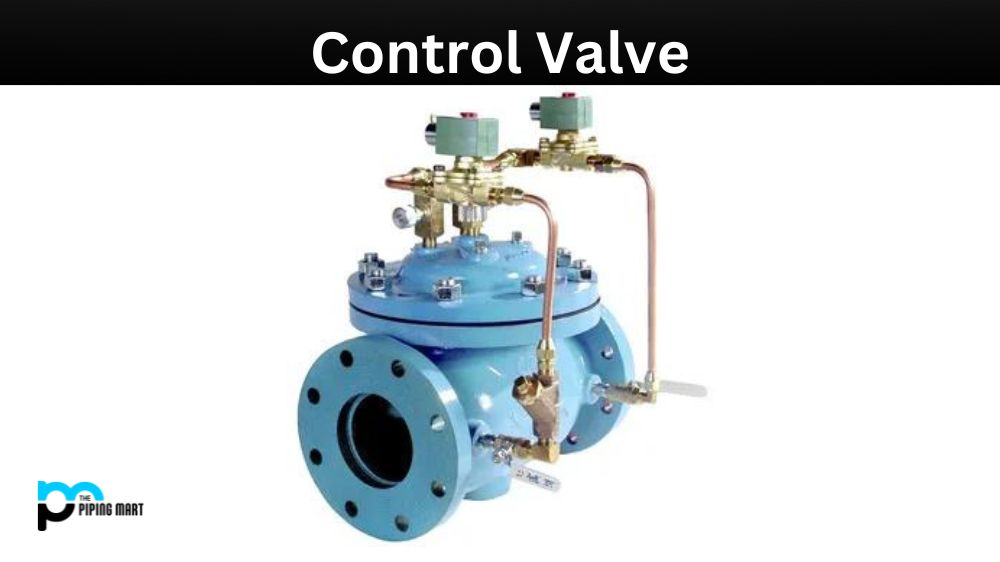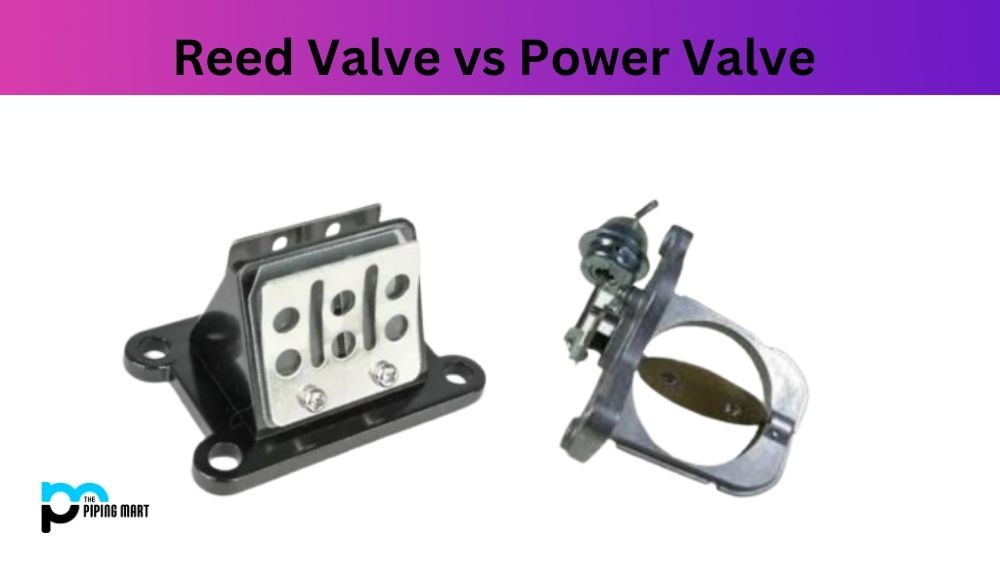Control valves are an integral part of many industrial processes. They play a critical role in controlling the flow of fluids or gases in a system, from regulating the pressure to managing the temperature. Therefore, selecting the right type of control valve for your application is, essential in ensuring system efficiency and optimal performance. In this blog post, we will discuss the different types of control valves and their applications to help you make the best decisions regarding control valve selection.
Types of Control Valve
Globe Valves:
Globe valves are multi-functional and used for regulation, isolation, and throttling applications. Their globe-shaped valves, internal seat construction, and throttling plugs make them suitable for proportional control and flow modulation. These valves are most suited for steam, gas, oil, and water applications.
Butterfly Valves:
Butterfly valves are ideal for applications that require flow control regulation and quick shut-off. These valves have a low-pressure drop, making them suitable for handling slurries and fluids with low velocities. Butterfly valves are widely used in wastewater treatment, chemical processing, and food and beverage production applications.
Ball Valves:
Ball valves are used in applications that require tight shut-off and precise flow control. These valves consist of a hollow ball with a bore that allows the fluid to pass through. When the valve is closed, the ball rotates to block the flow; when it’s open, it rotates to allow the media to flow through. Ball valves are commonly used in fuel and gas flow control, oil and gas pipelines, and chemical processing applications.
Diaphragm Valves:
Diaphragm valves are used in processes requiring flow control and containing several fluids. Their flexible design makes them ideal for use in low-pressure applications, and their low-maintenance design offers ease of use. Diaphragm valves are commonly used in food and beverage processing, water treatment, and pharmaceuticals.
Check Valves:
Check valves prevent the reversal of flow in a pipeline, ensuring that fluids only flow in one direction. These valves come in various forms and sizes, from simple swing check valves to more complex axial flow check valves. Check valves are used in water heaters, fire protection systems, and oil and gas pipelines.
How to Use Control Valves:
Controlling the performance of a valve requires proper calibration and adjustment. Before using a control valve, check the installation, identify the appropriate control signal and actuator type, and set the valve position. Ensure that the correct valve is chosen for the application, and the controlled media should match the valve’s temperature and pressure ratings.
Conclusion:
In conclusion, control valves are a vital component of many industrial processes, and selecting the right type of control valve is critical in ensuring optimal system performance. The control valves discussed in this blog, including globe, butterfly, ball, diaphragm, and check valves, each have unique applications that make them a perfect fit for different industries and processes. Understanding how to use control valves is also crucial, and proper calibration and adjustment will ensure optimal performance. We hope this guide has provided valuable insights into the types of control valves and their applications, enabling you to make informed decisions when selecting valves for your application.




